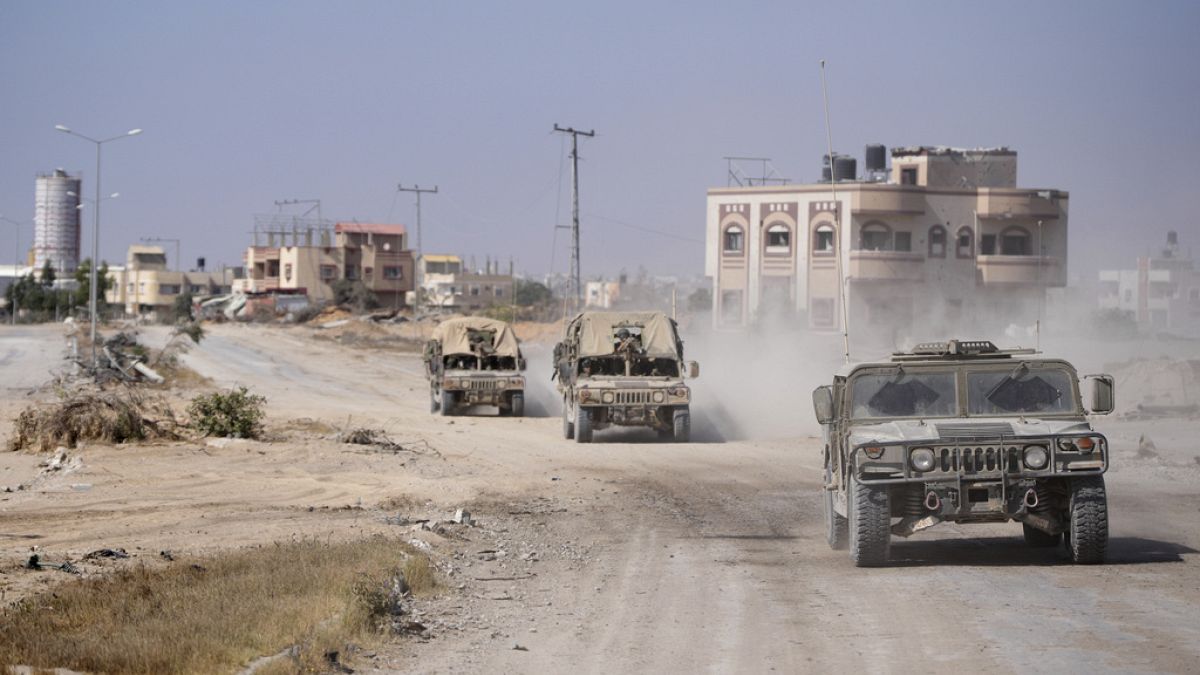

The geopolitical landscape across the globe is experiencing significant developments, marked by complex military engagements and diplomatic maneuvers. This dynamic environment calls for careful observation and reflection on the shifting alliances and conflicts reshaping modern global relations.
In the Middle East, the ongoing conflict between Israel and Iran has seen renewed attention with a fragile ceasefire holding amidst challenging conditions. The ceasefire, largely brokered due to the active intervention by the United States, has brought temporary relief. President Donald Trump’s calls to Israeli Prime Minister Benjamin Netanyahu emphasized the need to scale back aggressive military actions, contributing to this tenuous peace agreement. Nonetheless, the atmosphere remains uncertain, with both Israelis and Iranians reflecting on the precarious nature of the truce. While the ceasefire offers a moment for diplomatic efforts, Israel’s claim of a significant blow to Iran’s nuclear ambitions by targeting critical infrastructure highlights the high-stakes environment persisting in the region.
Meanwhile, developments in Europe characterize a strategic pivot by nations looking to strengthen defense capabilities. The United Kingdom’s decision to bolster its defense systems by acquiring 12 US-made F-35A fighter jets marks a notable shift in its military readiness and nuclear deterrent strategy. This move is aimed at enhancing the UK’s defense posture, complementing its existing submarine fleet with advanced air capabilities. The acquisition highlights a broader trend of nations reassessing their defense strategies in light of evolving geopolitical threats.
Parallel to these developments, Africa sees its own form of social and political engagement. In Kenya, citizens are organizing nationwide marches to commemorate the first anniversary of the storming of parliament by protesters. This event is not just a memory of past demonstrations but also serves as a poignant reminder of the continued struggle for political rights and justice. The commemorative events aim to honor those who lost their lives during last year’s protests, underlining both the ongoing pursuit of reform and the potential for unrest should these assemblies turn unfortunate. The involvement of rights activists and the mobilization efforts underscore the pervasive demand for government accountability and societal change.
Adding to the global defense narrative, the NATO summit serves as a pivotal forum for discussing collective security and strategic alignments. President Trump reaffirmed his commitment to Article 5, a cornerstone of NATO’s collective defense principles. The emphasis on increased defense spending by member states reflects continued efforts to bolster NATO’s strategic capabilities amid complex security challenges. This commitment is set against the backdrop of rising tensions with Russia, particularly concerning the latter’s use of advanced drone technologies allegedly sourced from Iran. Insights gathered from Ukraine regarding drone deployments highlight the ongoing technological advancements shaping modern warfare.
Each of these regional developments, while unique, collectively paints a picture of a world where strategic alliances, defense preparedness, and diplomatic negotiations are more crucial than ever. As nations navigate these challenges, maintaining a balance between military strength and diplomatic engagement remains a priority for fostering stability and peace. The ever-shifting global dynamics continue to present both challenges and opportunities for international cooperation and understanding, promising a future where mindful negotiation will be key to resolving conflicts and enhancing global security. These unfolding scenarios urge the global community to remain engaged and attentive to the promises and perils inherent in today’s interconnected world.
Source: {link}
